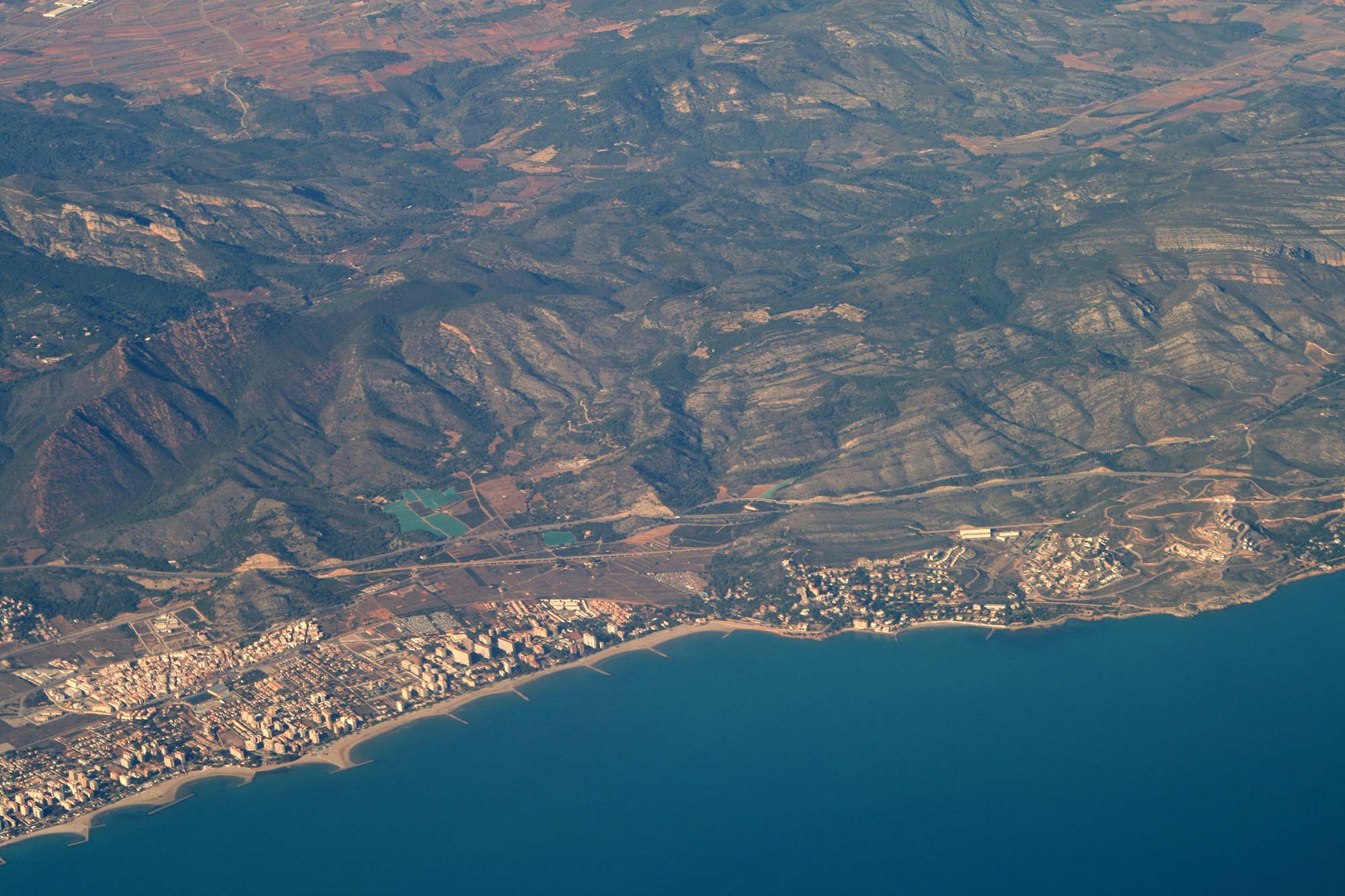La Tinença Natural Municipal Park
The La Tinença natural park covers 25,814 hectares and extends further than the historically strict limits of the Tinença de Benifassà region.
The landscape and geomorphology of Tinença form part of the great Puertos de Beceite mountain range, which covers parts of Aragon, Catalonia and Valencia.
The park has a large variety of environments and you can find diverse natural habitats which have been declared of Community interest under the Habitats Directive. You can find fresh water habitats and heaths, temperate and sclerophyllous scrublands, herbaceous formations, peat bogs, rocky habitats and, lastly, forests.
A significant section of the area is part of the Caza de los Puertos de Beceite National Reserve, which was formed in 1966 to protect Iberian wild goats, and covers areas of Catalonia, Aragon and Valencia.
There are thickets in both Tinença de Benifassà and its nearest surroundings which, due to their size and structure, are the most important of their type in all of Valencia. Additionally, you can also find some of the best maintained Gall oaks in the Valencian Community. These groups of Gall oaks make up one of the lushest landscapes in the Valencian territory. The presence of large expanses of boxwood is also of note.
The park’s abundant fauna has a rich variety of species. A large group of birds of prey nest in the area. You can also see golden eagles (Aquila chrysaetos), short-toed snake eagles (Circaetus gallicus), the peregrine falcon (Falco peregrinus) and, above all, the griffon vulture (Gyps fulvus).
Although birds are the most significant animal group in the area, the park’s most emblematic animal is the Iberian wild goat (Capra pyrenaica). Easily visible animals in this park include the common genet (Genetta genetta), the European wildcat (Felis silvestris), the beech marten (Martes foina), the roe deer (Capreolus capreolus) and many examples of the wild boar (Sus scrofa)
The La Tinença de Benifassà area was declared a natural park on 19 May 2006. The Sénia and Servo Rivers run through this area as they flow through the last mountains of the Iberian System. This system includes the villages of Pobla de Benifassà, Ballestar, Boixar, Coratxà, Fredes, Castell de Cabres Bel (Rossell) and Vallibona.
Its abundant fauna is rich in species such as predatory birds and the Iberian wild goat. With regard to flora, there are abundant forests of Aleppo, black and Scots pines, thickets, Valencian oak groves and waterside forests. These formations are especially protected and are represented in the thirteen flora micro reserves that can be found in the Natural Resources Management Plan (PORN in Spanish) area, which provides special protection to endangered or endemic species such as the Pinguicula dertosensis and the Arenaria conimbricensis.
The Iberian settlement of Ballestar
These are the remains of an Iberian settlement, located in the area of Morranda. You can reach it by following the path behind the church, where there are two stone houses and straw lofts. Following the pavement will take you to the drystone borders and a waterwheel which leads to the site.
La Tenalla
The Tenalla cliffs are a public forest that astounds visitors with the huge number of different geographical elements that are visible here, such as mountains, caves, waterfalls, flora, fauna etc...
Areas like: El Salt de Robert, El Portell de L’Infern, Solá d’en Brull, etc... El Salt de Robert: This is a waterfall.
El Portell de L’Infern: These are rock formations that offer spectacular views. A path extends towards it from Predes or from the Ulldecona Reservoir.
Cave paintings from the Cueva del Rosegador and Cueva del Polvori
The cave paintings from the Cueva dels Rossegadors, in La Pobla de Benifassà, can be accessed from the CV105 road, which is next to the Ulldecona reservoir dam. The paintings are in a rock shelter which measures 10 metres in length by 5 metres in height.
The images depict hunters in action, archers, goats, two deer and four large wild boars.
The Levantine cave paintings were given World Heritage status in 1998.








